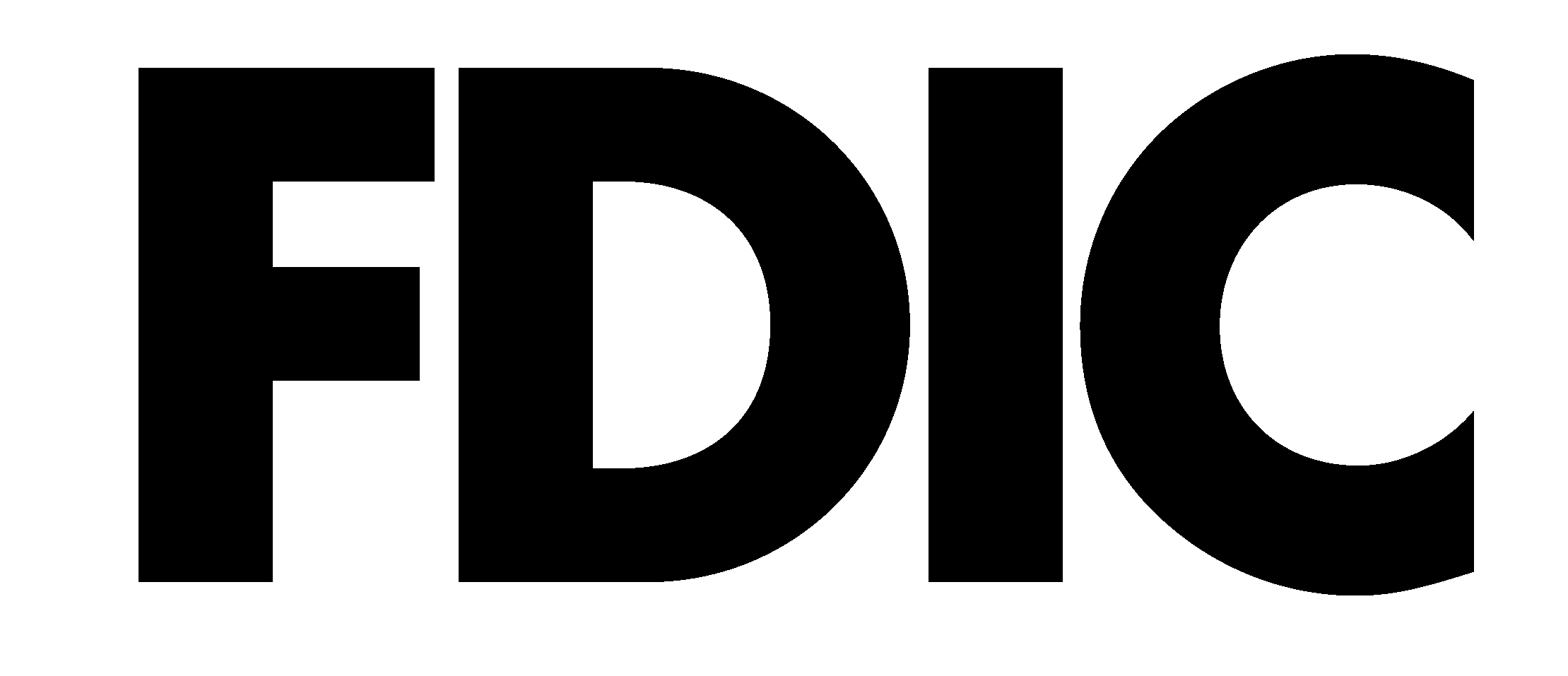Many Americans look at their bank accounts and fail to truly grasp their financial picture. A common misconception is that money in a checking account simply “sits there” waiting for the next purchase. However, if a large portion of liquid assets is used this way, it can lead to lost opportunities for growth. Instead of letting money stagnate, creating a sound financial plan can help maximize its potential as investment capital.
If you’re unsure where to start, use a financial calculator, and check out our guide to building a better financial foundation, including emergency funds, targeted savings, and actionable steps to manage your money effectively.
Build a Rainy Day Fund
In the past, saving “for a rainy day” was a common adage. This idea is still relevant today, as having an emergency fund is critical for financial security. Imagine you lose your job tomorrow—do you have enough set aside to cover six months of expenses? Experts recommend saving 3-6 months’ worth of living costs in a liquid, easily accessible account.
Steps To Build Your Rainy Day Fund
- Calculate your needs. Use online tools like Bankrate’s Emergency Fund Calculator to determine how much you should save.
- Automate your savings. Set up automatic transfers to a dedicated emergency savings account. Many banks offer this feature, making it easier to grow your fund over time.
- Choose the right account. High-yield savings accounts or money market accounts can offer better interest rates while keeping your funds accessible.
Create Targeted Savings Accounts
Creating a financial plan with long- and short-term ambitions can assist consumers with setting aside money appropriately. As Entrepreneur Magazine pointed out, not all of these accounts must be frivolous, either. Cars are an expensive item that need occasional maintenance, so opening an account for auto repair and improvements could be a wise choice. Consumers can also tier their savings, so the most pressing purposes get attention first, and those with more of a leisure bent will receive deposits based on whatever is left over.
Having multiple savings accounts for specific goals can help you better track your progress and avoid the temptation to dip into funds for unintended purposes. For example:
- Auto repairs. Cars need regular maintenance, so setting aside money for unexpected repairs can save you stress down the road.
- Family vacation. If you’re dreaming of a getaway, a separate account can ensure those funds remain untouched for their intended purpose.
- Long-term goals. Accounts for future milestones, such as a down payment on a house or a child’s education, can keep your financial goals organized.
Why Separate Accounts Work
Kipplinger recommended splitting funds into separate accounts to help monitor progress and make sure that money doesn’t get mingled. If a portion of a sole account is supposed to be used for a family vacation, for instance, there is nothing stopping a signer on the account from putting those funds toward another purpose if they feel the situation is appropriate. By opening different accounts, this will provide more pause before dipping into alternative funding.
Take Control of Your Financial Future: Saving and Growing Your Money
A strong financial plan begins with small, intentional steps. Start by calculating your emergency fund needs, opening targeted savings accounts, and exploring high-yield or investment options. Remember, every dollar you save or invest today is a step toward financial security and growth. Don’t let your money stagnate—let it work for you. Begin your journey toward better financial health now with First United Bank & Trust!


